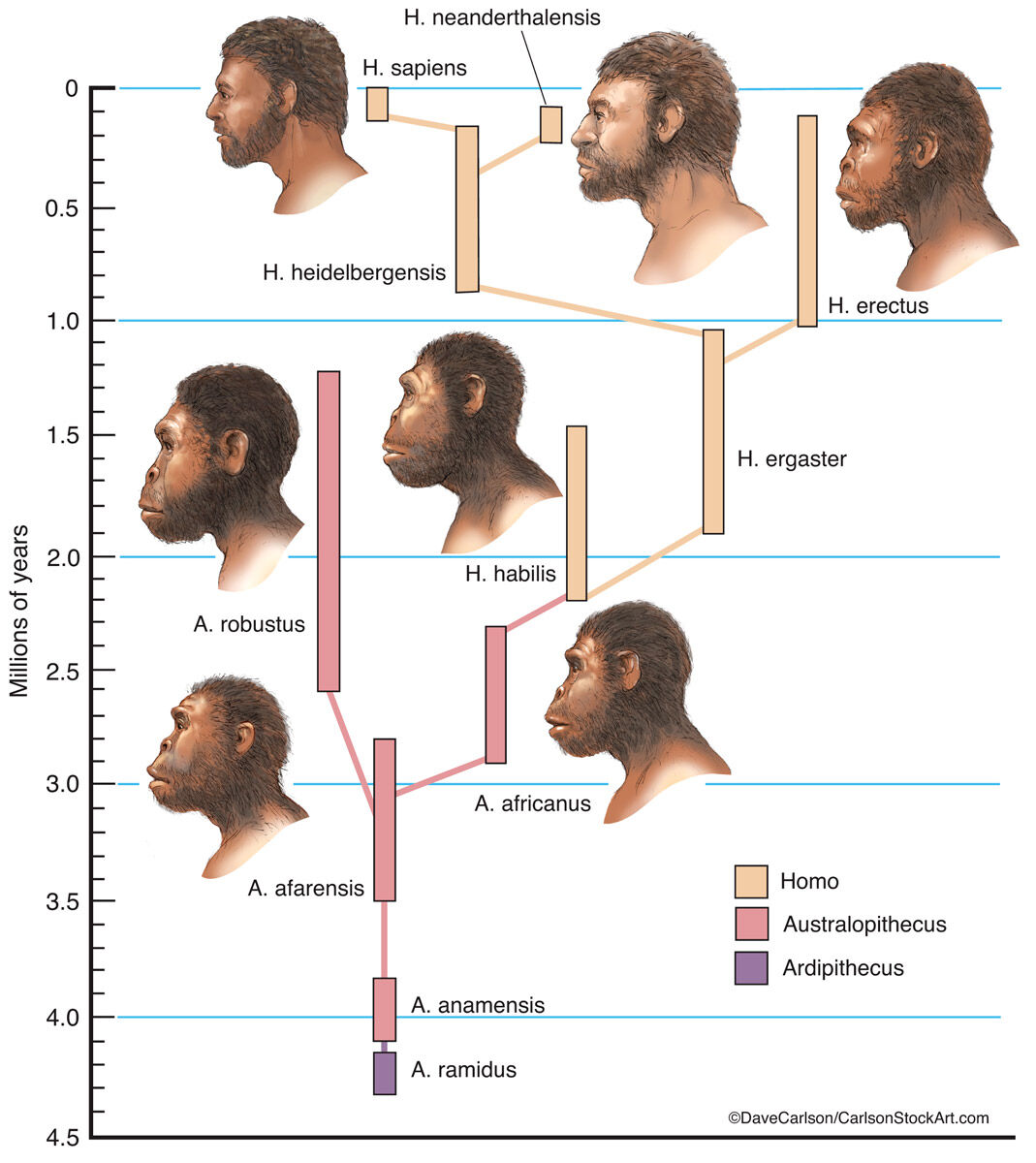The teachings of the Bahá’í Faith offer a profound exploration of the concept of unity within the diversity of humanity. At the heart of these teachings lies the assertion that we are all members of one human family, a notion that compels us to reflect on how our varied colors—symbolic of our races, cultures, and identities—originated and continue to coexist. This article delves into the metaphorical and tangible underpinnings of this belief, illustrating how Bahá’í teachings can help us understand our shared humanity.
To appreciate the beauty of human diversity, one must embark on a journey through time, tracing our ancestral roots back to the earliest days of humankind. The premise begins with the idea of a single origin: all humans share a common ancestry, representing a familial tapestry woven through millennia. This intrinsic interconnection is akin to the dynamic interplay of colors on an artist’s palette. Just as diverse colors blend to create harmony in art, humanity emerges from a spectrum of backgrounds, experiences, and perspectives, each contributing to the rich mosaic of existence.
In examining the spectrum of human colors, it is crucial to acknowledge the environmental factors that shaped the variations in human appearance. The geographical locations where our ancestors settled, the climatic conditions they adapted to, and the social constructs they developed have all played pivotal roles in refining the physical attributes we recognize today. The Bahá’í writings draw attention to the profound interplay between these forces, underscoring that differences in skin tone, culture, and tradition enrich our collective endeavor rather than divide us.
Moreover, the Bahá’í perspective invites us to view these differences through a spiritual lens. Each individual, regardless of their external traits, embodies the same divine essence. This intrinsic unity calls forth the metaphor of a garden, where diverse plants flourish side by side, each contributing to the garden’s beauty. Just as no single flower defines the garden’s worth, no one racial or ethnic identity determines the value of humanity. It is in this concatenation of differences that the true splendor of creation becomes evident.
As we delve deeper into the Bahá’í principle of unity, it becomes apparent that recognizing our interconnectedness necessitates a commitment to justice and equality. The teachings advocate for the dismantling of prejudices that have historically plagued societies. Racism, a toxic remnant of ignorance and fear, contrasts starkly with the Bahá’í vision. In order to foster an environment of acceptance and reverence for our shared humanity, one must actively seek to understand and celebrate the diverse stories that enrich our communal heritage.
This understanding is not merely conceptual; it is a call to action. As members of the global community, we are implored to engage in acts that promote solidarity and inclusivity. The Bahá’í teachings emphasize that service to humanity is a spiritual imperative, urging individuals to transcend tribal loyalties and embrace a universal consciousness. Much like how a vibrant tapestry gains strength from each thread, society flourishes when individuals unite in purpose and compassion.
Furthermore, the metaphor of the human family compels us to acknowledge the shared values that bind us. Altruism, love, and empathy are threads woven into the fabric of every culture, reminding us that, despite our seemingly disparate narratives, we are united by fundamental human experiences. The expression of these values can be seen in countless acts of kindness and solidarity that transcend national and cultural borders. Embracing these ideals promotes not only individual growth but collective advancement, fostering a world where all can thrive.
Education emerges as a crucial element in fostering unity within diversity. The Bahá’í teachings advocate for an education that recognizes the oneness of humanity while celebrating the plurality of cultural identities. Knowledge empowers individuals to dismantle prejudices, fostering a society where understanding and acceptance prevail. Much like the hues in an artist’s palette inform a masterpiece, diverse perspectives enrich discourse and innovation, allowing communities to navigate challenges more effectively.
Moreover, spiritual teachings bolster the idea that recognizing our shared humanity is pivotal to addressing the global challenges we currently face. Climate change, poverty, and conflict are not confined by borders—they are issues that require an integrated approach, transcending ethnic and racial divides. Acknowledging that we are all members of one human family enhances our ability to collaborate and innovate solutions, guided by a spirit of partnership rather than division.
In conclusion, the Bahá’í teachings present a rich tapestry of insights regarding the unity of humanity and the significance of our colors. By embracing our shared history and recognizing the beauty within our differences, we can foster an inclusive world that cherishes diversity as a vital component of our collective identity. The metaphors of the palette and the garden serve as poignant reminders of the potential that lies within our unity. As each individual contributes their unique hue to the larger canvas of life, we find transformative strength in our shared journey towards a more harmonious and equitable future. The call to recognize and celebrate our interconnectedness is not just a matter of philosophical discourse; it is a moral obligation that beckons us all to action.
